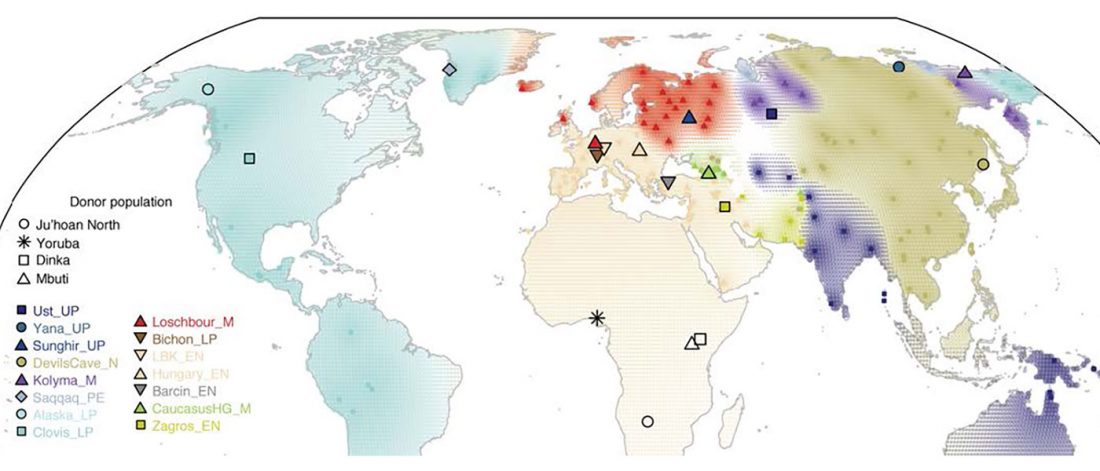Open access paper The deviant typological profile of the Tocharian branch of Indo-European may be due to Uralic substrate influence by Peyrot, Indo-European Linguistics (2019).
NOTE. This seems to be part of the master’s thesis by Abel Warries, but the paper is authored only by Peyrot.
Interesting excerpts (emphasis mine):
1. The stop system
… Read the rest “Samoyedic shows Yeniseic substrate; both influenced Tocharian”The loss in Tocharian of the Proto-Indo-European obstruent distinctions conventionally noted as voice and aspiration is a very strong indication of foreign influence. Since Proto-Indo-European roots mostly have at least one stop, and often two, the merger of all three stop series into one must have


